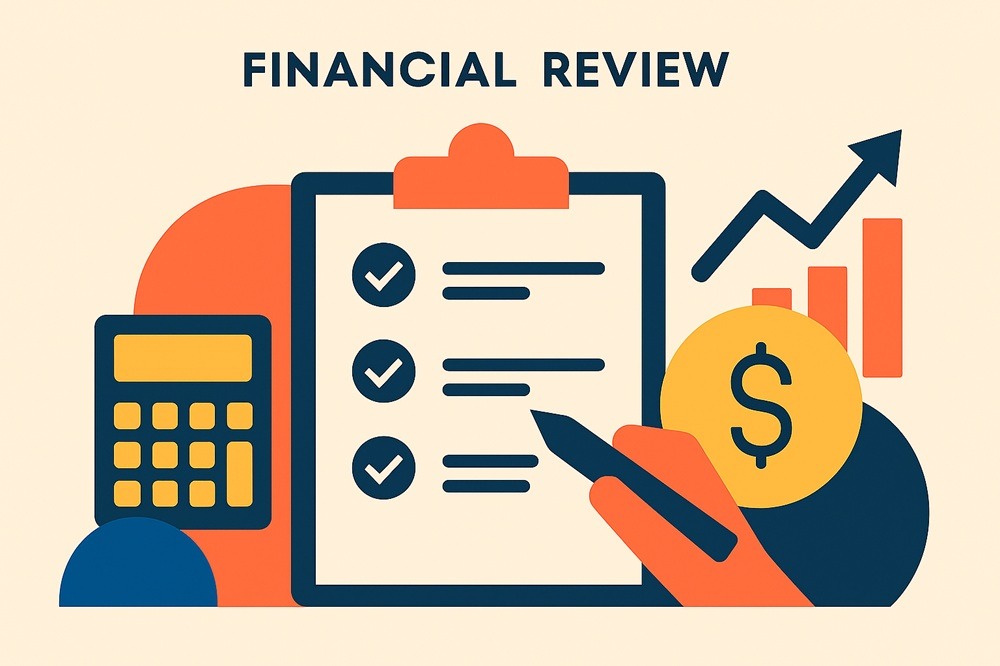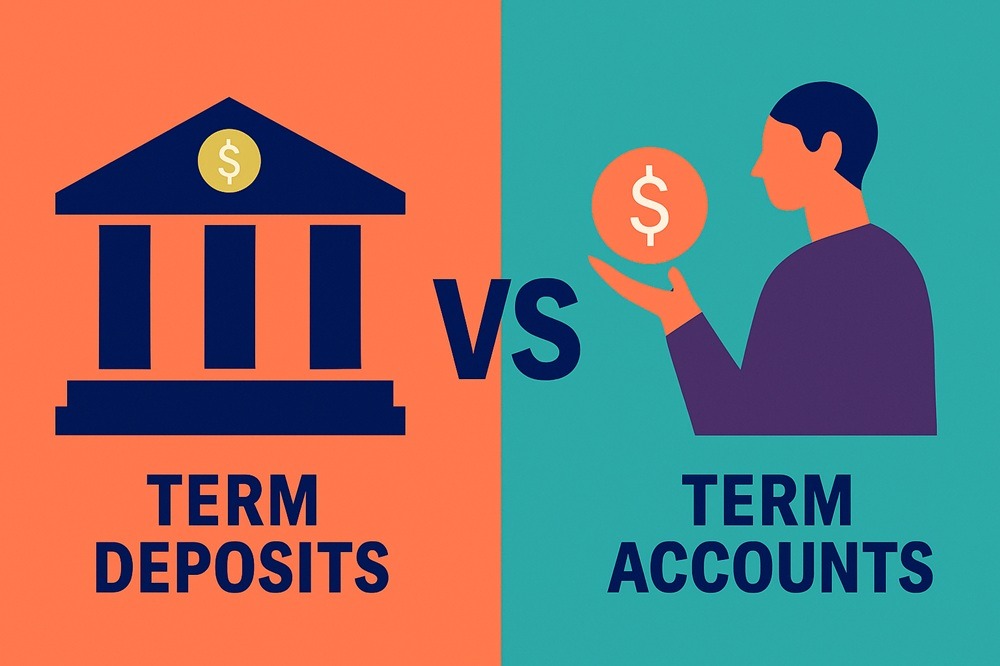Organise your non-concessional super contributions by 30 June

As we said last week, one of the secrets to achieving a great financial year-end result is getting your super right. That means being organised well in time for deadlines such as June 30 each year. As we move out of April, the time is right to be making sure you have done everything you need to do before June 30.
One thing that you should think about is your super. Last week, we looked at concessional contributions – money that gets you an immediate tax deduction if you place it into super. Concessional contributions are just one of the two ways to voluntarily move money into super. Not very imaginatively, the other way is known as a non-concessional contribution.
When you make a non-concessional contribution, you cannot claim a tax deduction for the amount you have contributed. By the same token, non-concessional contributions do not incur any tax upon arrival into your fund. So, why would anyone want to make a non-concessional contribution?
Super exists to help you pay for your retirement. To encourage people to save, earnings within super are taxed at no more than 15%. The actual tax on earnings can fall to 10% or even 0% depending on the time you choose to realise returns such as capital gains. If your personal tax rate is more than 15%, either now or in the future, then using super to invest for your retirement will often mean that you ‘lose’ less of your earnings to tax than you would if the investments are held in your own name. Especially given compounding, losing less to tax means more for your retirement.
Super has other benefits as well. One of these is a degree of asset protection if something unpleasant like a bankruptcy happens. Please be careful here, though, because asset protection is a complex issue and it is not simply a matter of saying ‘your super cannot be touched.’
In the current year, each member of a super fund can make up to $100,000 of non-concessional contributions into their fund/s. This ‘cap’ is available to most people, unless they already have more than $1.6 million in super (or would have after the contributions). You can read more about caps on super contributions here.
Non-concessional contributions are also eligible for the ‘bring-forward’ rules on super. This effectively means that, during the current financial year, you can make contributions that use up to three years’ worth of annual caps. So, in the current 2020-21 financial year, you could also use up some or all of your cap for the 2021-22 and 2022-23 financial years. If you use the cap for these years, you cannot use them again within those years. If you use part of the cap for those future years, you can only use the balance of the cap in those years.
The bring-forward rules are subject to age and balance limits. You can read more about the bring-forward rules on the ATO website here.
Non-concessional contributions can make a lot of sense in cases such as where you have received a lump sum that needs to be invested. Common lump sums include things like inheritances or the proceeds from the sale of other assets (like a home or an investment). It is the lumpiness of assets such as these that give rise to the bring-forward rules: the ATO realise that lump sums are often large in one year and then do not occur in other years, and so they allow some flexibility regarding putting those lump sums into super.
Remember, super is the Government’s preferred way for people to save for their retirement. That is why the tax treatment of super is so generous.
The ‘unusualness’ of these kinds of lump sum mean that non-concessional contributions are less common than concessional ones. For that reason, it really pays to think through whether non-concessional contributions make sense in your case. If you think they might, please do not hesitate to contact us and we can ‘run the rule’ over all the potential uses of your spare savings, to see if super is a good place to put them.


